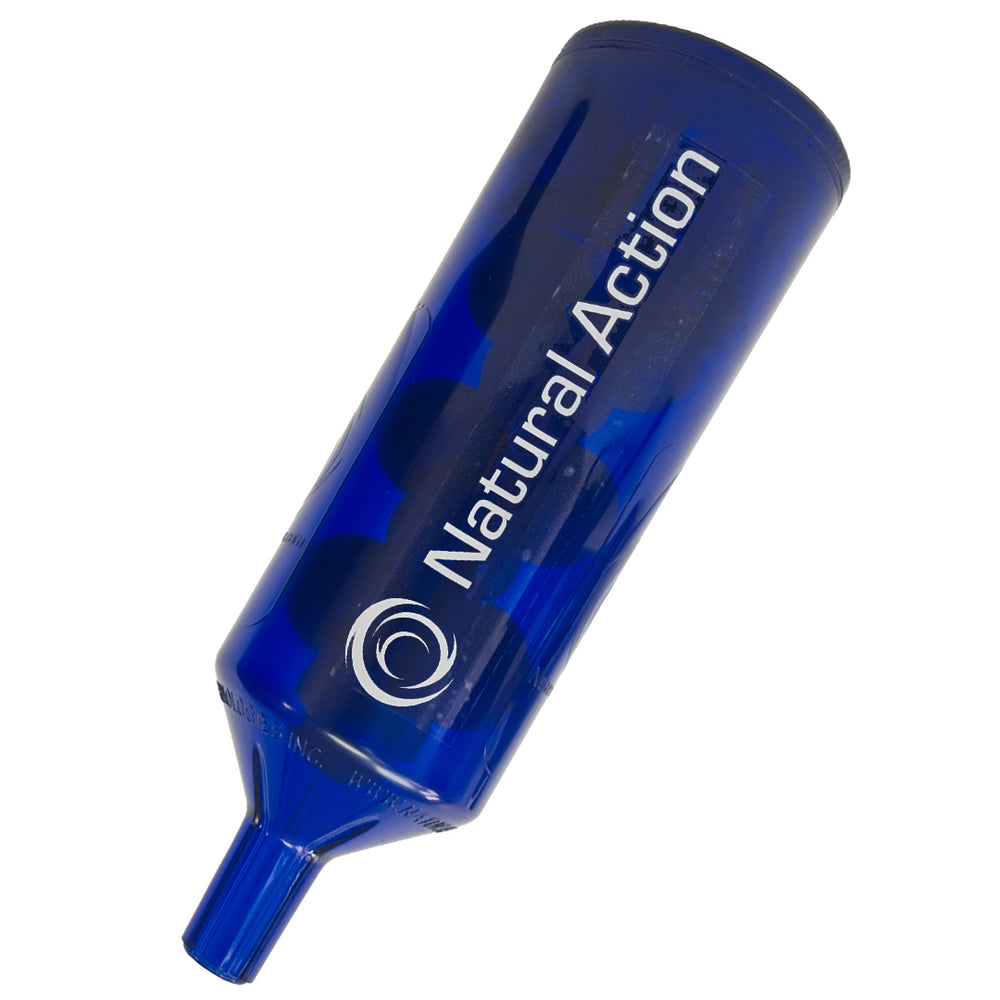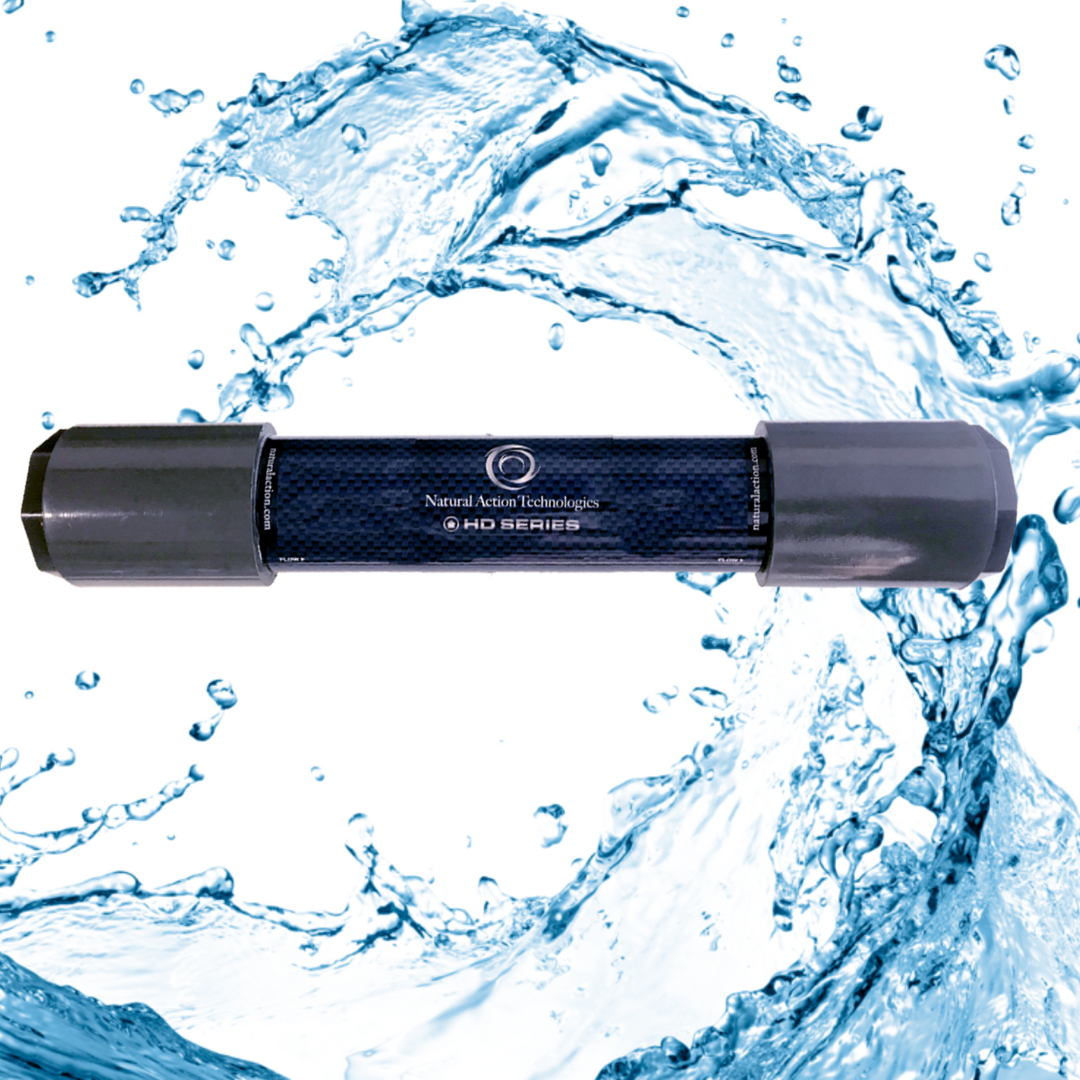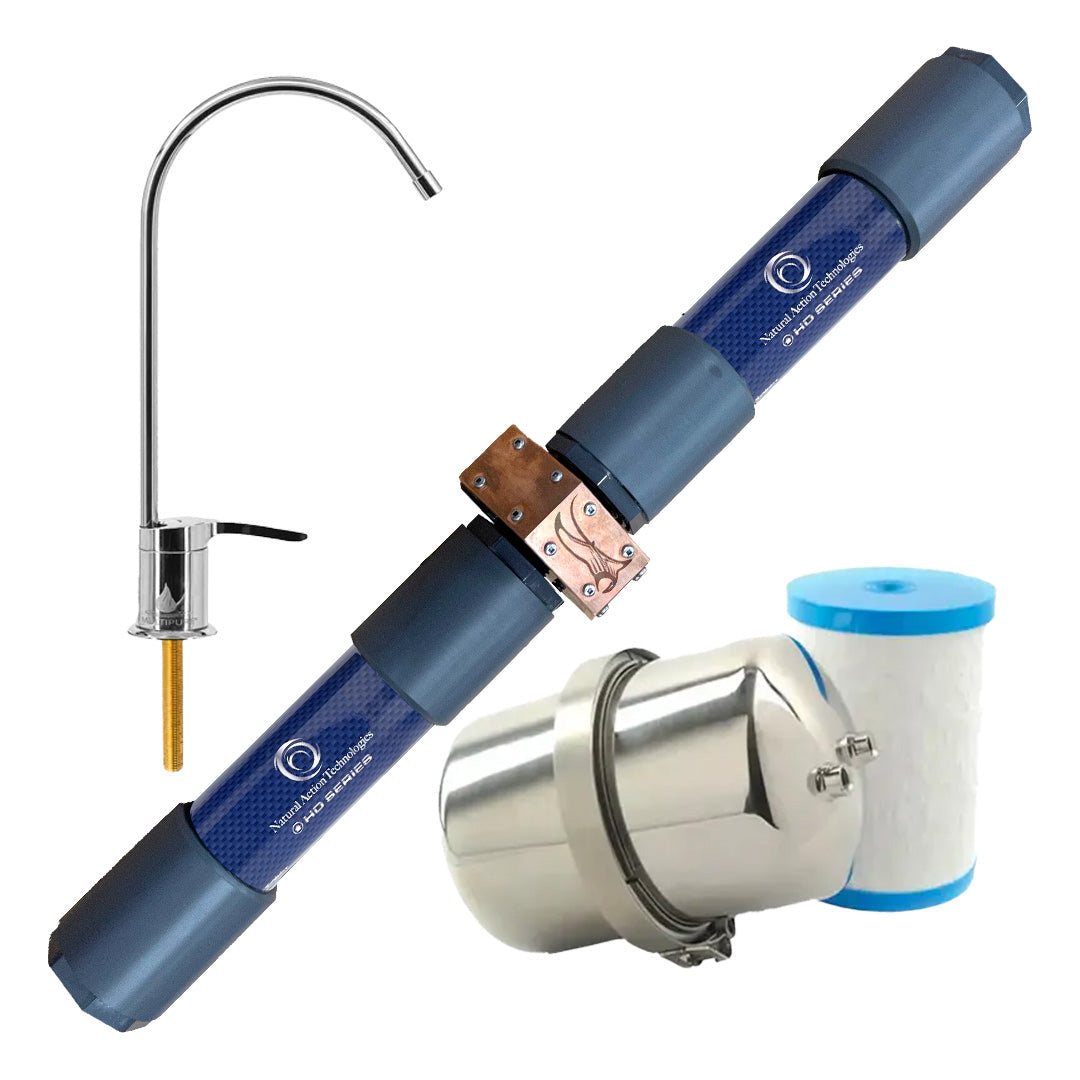Why Nanoplastics Matter More Than Microplastics — And How Your Home Can Fight Back
We’ve all heard the term microplastics; those tiny fragments of plastic now found everywhere from bottled water to the deepest parts of the ocean. But scientists are now turning their attention to something even smaller and potentially more concerning: nanoplastics. These invisible particles slip through most filters, move through the body more easily, and could quietly be shaping human health in ways we’re only beginning to understand.
Microplastics vs. Nanoplastics: The Size That Changes Everything
Microplastics are plastic fragments smaller than five millimeters, often from degraded packaging, synthetic fabrics, or cosmetic beads. They’re already pervasive in our environment—studies have found them in rainwater, table salt, and even human blood.
Nanoplastics are the next level down, measuring less than 100 nanometers (that’s a thousand times smaller than the width of a human hair). Their tiny size gives them unique properties; they can pass through the intestinal wall, cross the blood–brain barrier, and possibly enter cells directly. Research from Frontiers in Microbiology and Environmental Science & Technology has shown that nanoplastics can accumulate in tissues, cause oxidative stress, and interfere with cell function.
How They Get Into Your Body
Micro- and nanoplastics are now found in tap and bottled water, air, dust, and food. Washing synthetic clothing releases plastic fibers. Plastic pipes and storage containers can shed particles. Even the friction of car tires on roads sends plastic dust into the air we breathe.
Ingesting these particles is easy; removing them is hard. Their small size allows them to bypass standard filtration systems and enter your body through drinking water or food. Once inside, they may interact with cell membranes, trigger inflammation, and bind to toxins or heavy metals—acting as delivery vehicles for pollutants.
Why Nanoplastics Pose a Greater Risk
The danger isn’t just in the material itself; it’s in the surface area. The smaller the particle, the greater its surface-to-volume ratio—meaning more room for chemical interaction and absorption of environmental toxins. Nanoplastics can carry these chemicals deep into tissues where they don’t belong.
Laboratory research suggests that nanoplastics can alter gut microbiota, disrupt hormonal balance, and even contribute to DNA damage through oxidative stress. The long-term implications are still under investigation, but most experts agree the less exposure, the better.
Filtration Alone Isn’t Enough
Traditional water filters; like carbon or reverse osmosis systems, are designed to catch certain sizes of particles or remove specific contaminants. However, nanoplastics are so small that they can often slip through these filters. Even when filtered, water that has been heavily processed or stored in plastic pipes can lose its natural vitality and structure, leaving it less hydrating and energetically “flat.”
This is why Natural Action’s approach combines filtration with revitalization. Our Whole Home Structured Water Systems not only filter contaminants like microplastics, chlorine, and sediment but also restore the natural structure and energy of water.
How Natural Action's Technology Works
Our patented flow-form technology recreates the dynamic motion of mountain streams. As water moves through the system, it spins and tumbles through carefully engineered geometries and rare-earth resonant materials that help realign the molecular bonds of the water. The result is water that’s:
-
Energetically restored: Structured water mimics nature’s blueprint, supporting better absorption and hydration.
-
Free of micro-level debris: Our filtration components capture and reduce particles, including microplastics, sediment, and common contaminants.
-
Biologically supportive: Structured water has been shown to improve plant growth, hydration efficiency, and energy transfer in biological systems.
A Healthier Home Starts With Healthier Water
Water is your body’s main communication system. When it’s overloaded with pollutants, especially plastics, it can’t do its job effectively. By filtering and restructuring your home’s water, you’re not only protecting your health but also supporting your appliances, plumbing, and the environment.
Our Whole Home Structured Water System delivers clean, vibrant water to every tap, shower, and appliance; without the need for maintenance or filters that constantly need replacing. It’s an easy upgrade that protects your entire family from the invisible contaminants modern filtration alone can’t handle.
The Bottom Line
Microplastics are concerning; nanoplastics may be even more so. But panic isn’t the answer; prevention is. You can’t control the plastics floating through the world, but you can control the quality of the water entering your home.
With Natural Action’s Whole Home Structured Water System, you’re doing more than filtering water; you’re restoring it. And in the process, you’re restoring something even more important—your connection to nature’s way of keeping things pure, balanced, and alive.
Learn more about how Natural Action’s systems can help protect your home and your health: https://naturalaction.com/pages/whole-home-water-systems












